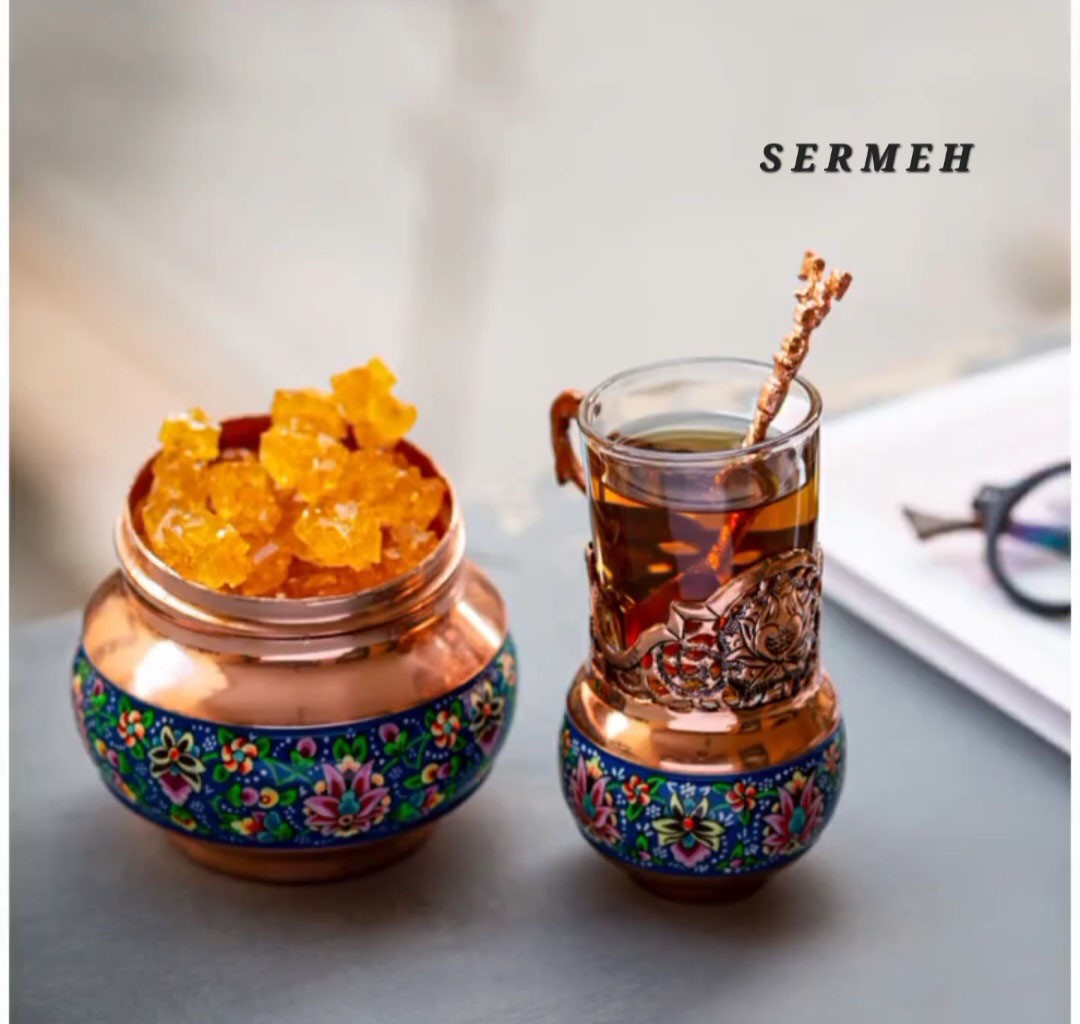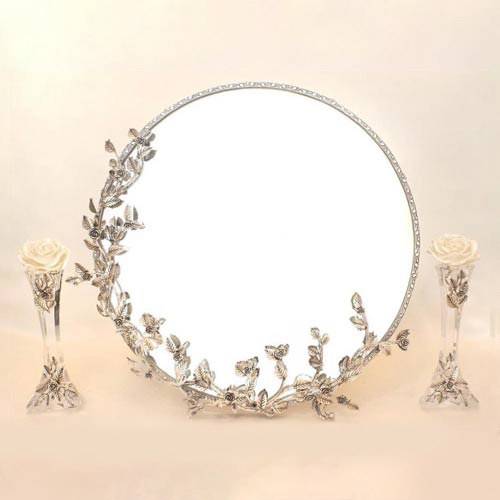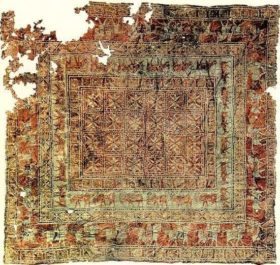Why Persian carpet is popular?

Today, one of the most valuable and important items in Iranian and foreign homes is the carpet. From ancient times the Persian carpet designs have been famous all over the world. So to buy a rug, you need information about how to buy a rug, tips to follow when buying, and even how to maintain a rug.
Iran is one of the model countries in the field of carpet production and has played an important role in the field of textile and carpet production since ancient times. It can be said that this product is one of the symbolic goods of Iran that is exported to other countries. Iran is considered the most famous carpet producer, especially hand-woven, among different countries.
Persian carpets and rugs are the most suitable carpet for your home
One of the main reasons that Iranian handmade rug has received more attention in the world and has more customers is that it has more colour variety than carpets produced in other countries, the quality of materials used in it is better and better, art and elegance It has a special use and the colours look vivid and natural, its patterns are attractive and it has a special attraction that is eye-catching for the viewer and the buyer. All these cases have been effective in this matter and have made Iranian carpets have their fame and popularity.
history of Persian carpet
Persian rugs or carpets have long been famous and used, as evidenced by the Greek historian Xenophon in his book Cyrus, between 430 and 345 BC: “Iranians spread rugs under their beds to keep their beds soft.” The Pahlavi language was called the Wisterg carpet.
The Chinese yearbook of Suisu in the Sassanid period mentions Iranian woollen carpets as imported goods to China.
Although some intend to link the history of carpet weaving to Turkish art and the tribes of Central Asia, the discovery of the Pazyryk rug, the oldest known example of a rug in the world, is found in Achaemenid motifs in the frozen tomb of a Scythian ruler in the Pazyryk Valley. Found 80 km outside of Mongolia disproves this claim. Cyrus Parham denies this claim.
The famous Greek poet and epic poet of the seventh century BC(Xenophon) mentions a throne covered with a purple carpet. Other historians, poets, and writers have also mentioned in their writings that Iranians have a habit of resting on very soft carpets.

A simple survey shows that in addition to our country, in countries such as Turkey, Spain, Turkmenistan, Afghanistan, Caucasus, Pakistan, India, Egypt, China, and even Romania and the Balkan Peninsula, the carpet industry and carpet weaving art is popular. And they have been active in this field.
In the works of 15th-century Christian European painters, all carpets were from Anatolia and the Caucasus, and surviving examples of thirteenth- and fourteenth-century Christian carpet weaving were from the Caucasus and Asia Minor, and there were no pre-Safavid examples of Iranian textures. At that time, Pazyryk carpets had not yet been discovered and it was thought that carpet weaving had a thousand years of life and its popularity in Iran was due to the Safavid kings.
Historical handmade carpets
Baharestan Carpet:
Baharestan carpet, belonging to the Sassanid period, also known as Bahar Khosrow, Baharaksari, and Mahestan, is one of the most important works of art in Iran, which was torn to pieces by the Arabs in Iran and transferred to Medina by the Arabs. This carpet is located on Kasra’s porch and is 140 meters long and 27 meters wide. In the texture of this carpet, silk, gold, silver, and jewels such as emerald and pearl are used and its design shows one of the gardens of paradise.

Reconstruction of Baharestan carpet
Pazyryk rug:
Scholars consider the Pazyryk rug to be a part of the Parthian or Median textures of the Achaemenid period. Currently, 40% of Iranian carpet exports are made through East Azarbaijan province.
In this carpet with dimensions of approximately 2 square meters (210 × 183 cm), there are 36 knots per square centimeter and the colors used in this carpet are green, brick, dark red, blue, and brown. Of course, the passage of time has caused a change in the color of the carpet, and the only reason that has kept the carpet relatively healthy is the severe frost in the Altai Valley region.
Countless pieces of evidence show that this carpet is Iranian; Persian spotted horses and deer and deer, all of which belong to a special Iranian breed. Also, the style of work (knitting) is the method of Iranian carpet weaving. The use of different colors and their symmetry shows that this carpet is woven in a well-equipped workshop and follows a precise pattern.
What is a carpet and what kind is it?
According to archeological excavations, this carpet belongs to the Achaemenid period and was discovered by Professor Rudenko, a Russian archaeologist, while excavating the Scythian tombs of the Pazyryk region (located on the southern slopes of the Siberian Altai Mountains). After carefully studying and analyzing the style of weaving and patterns and comparing them with other woven works of that time, Rodenko considers this carpet to be one of the woven fabrics of Achaemenid Iran; However, many have sought to attribute some of the relics of ancient Iranian civilization to other lands. It was after the discovery of this rug that many experts came to believe that the texture of rugs with such characteristics requires strong cultural and artistic support, and even emphasized that for many centuries before the weaving of this rug, this profession was prevalent on the plateau of Iran.
Safavid handmade carpets:
It is one of the most beautiful Iranian handmade carpets that shows the creativity and genius of artists during the Safavid rule, in this period, carpet weavers left about 1500 carpets and rugs using designs.
Anjasan Anjara Carpet:
A carpet with a red background without elastic that has only the middle bergamot. The rug-like pattern of the rug gives it a Chelsea-like look. The fabric of this carpet is made of silk and its lint is made of wool. The place of storage of this carpet is the Museum of Milan, Italy and it is the work of weavers in the northwest of Iran.
Chelsea rugs:
Chelsea rug, one of the most prestigious hand-woven fabrics in Iran and the world, is kept in the Victoria and Albert Museum in London. This carpet belongs to the Safavid period and the flourishing era of Iranian art.
Chelsea silk carpet yarn. Its lint is wool and its dimensions are 540 in 360 cm and its knots are of Persian symmetrical type.
In the center of the carpet, there are two complete bergamots with marginal bergamots. The background of the lacquer carpet and in the middle of it animals such as deer, deer, lion, and leopard can be seen.




























